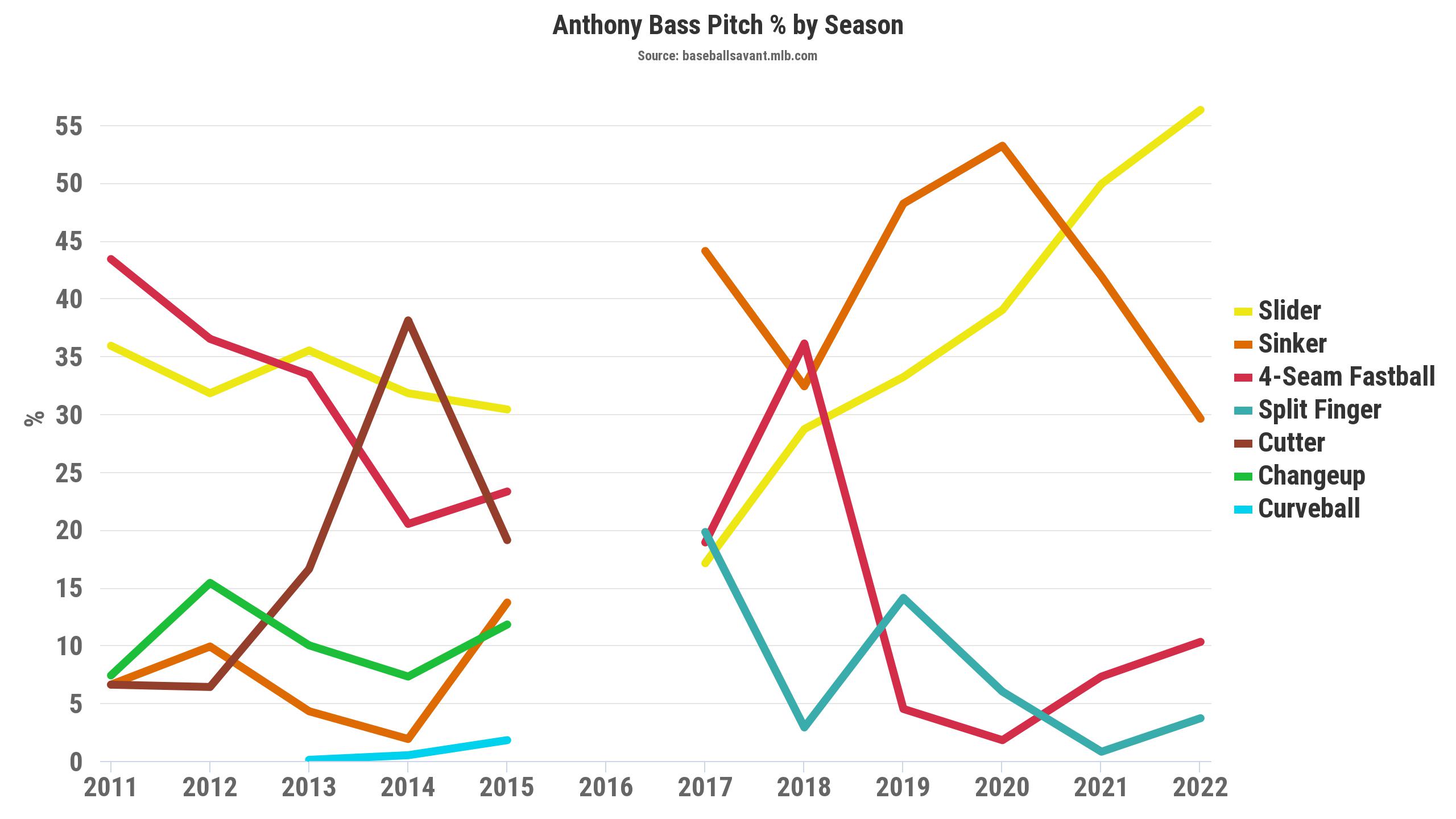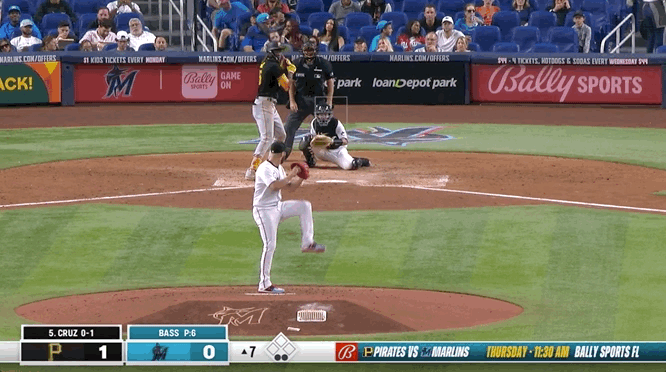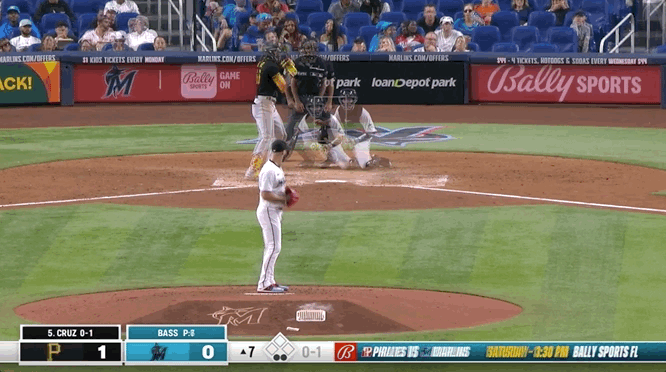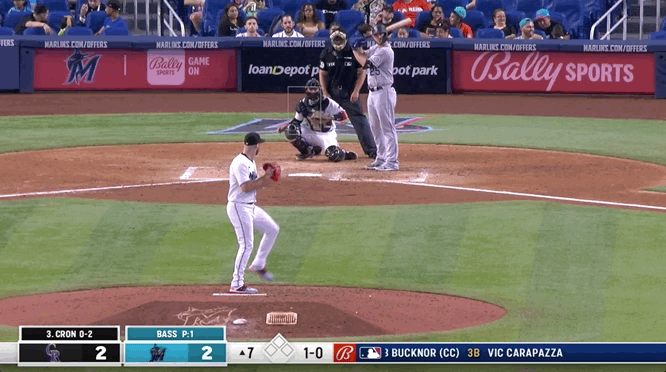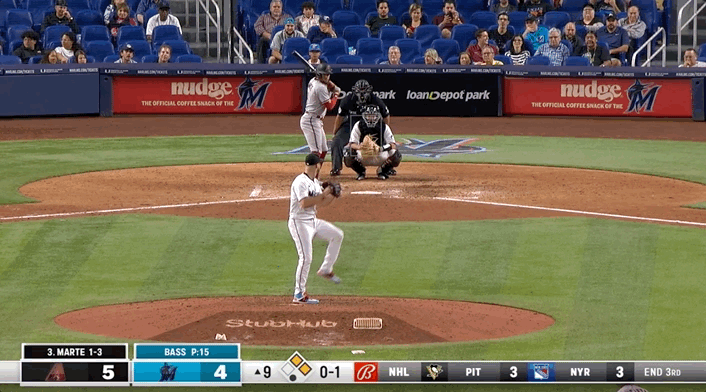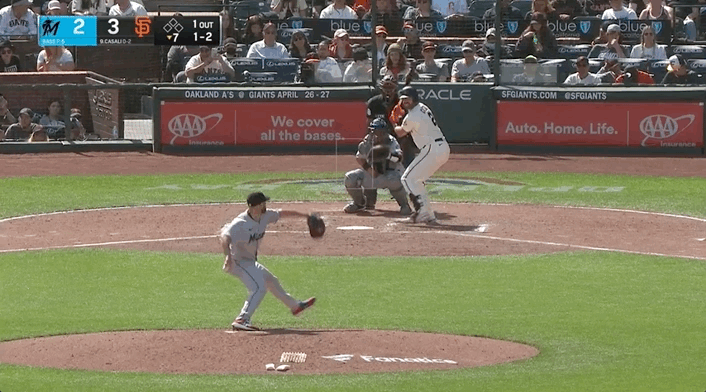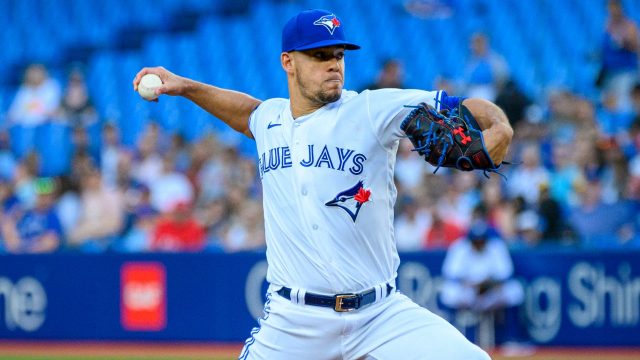MINNEAPOLIS — Toronto Blue Jays fans never really got to meet Anthony Bass. When he pitched for the club in 2020, it was playing its games out of Buffalo’s Sahlen Field. Bass was a key contributor to that playoff team’s bullpen, striking out 21 per cent of the batters he faced while pitching to a 3.51 ERA in a high leverage role. He probably would’ve been a popular guy at Rogers Centre. He just never stepped on its mound.
But he knows what the building feels like when the Blue Jays are rolling. The last time Bass was in Toronto for a meaningful game was seven years ago, in 2015, on the night everyone remembers. Bass pitched for the Texas Rangers that year and was sitting in the visitor’s bullpen, feeling the stadium’s foundation shake around him, when Jose Bautista took Sam Dyson to the second deck.
“Oh, it’s electric,” Bass says. “I know that it's a very passionate fan base, so I'm really looking forward to pitching there. I just want to continue putting up zeros and giving this team a chance to go deep in the postseason. Because I know that the country really wants to see a championship. And that's what we're all fighting for. And I'm really looking forward to playing in front of 40,000 people coming to the ballpark every night.”
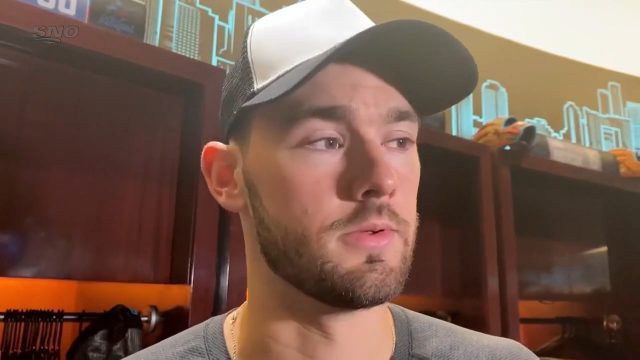
Bass will get his first chance Friday, as the Blue Jays return home for the first time in 12 days a very different team. Bass and hard-throwing sinkerballer Zach Pop were added to the club’s bullpen from the Miami Marlins at last week’s trade deadline, as was do-a-little-bit-of-everything utility player Whit Merrifield, and versatile swingman Mitch White.
All four help raise Toronto’s floor as it enters the stretch run towards the postseason, but none will likely inherit as much burden as Bass, who immediately steps into a high-leverage role in a bullpen short on dominant, late-game options.
There’s no way around it. Through the rest of the month, and into September and October, Bass is going to be on the mound at Rogers Centre in some exceptionally high-pressure situations. And his success or failure in those spots will have a lot to do with just how far this Blue Jays season goes.
Of course, the Blue Jays acquired Bass because of how well he’s handled those situations this season. The 34-year-old pitched to a 1.41 ERA and 2.06 FIP through his first 45 appearances of 2022 with the Miami Marlins, both top-10 marks across MLB. And he was lights out in tight spots, posting a 27.4 per cent strikeout rate while holding opponents to a .193/.239/.266 line across 117 plate appearances defined as either medium or high leverage by FanGraphs.
Bass has done it with a slider-heavy approach that’s essentially the inverse of how he pitched when he was with the Blue Jays in 2020. Back then, Bass leaned on his mid-90’s sinker 53 per cent of the time, mixing sliders off of it at a 39 per cent clip. Now, he’s 56 per cent sliders, 30 per cent sinkers.
“Anthony Bass 2.0,” he says. “I would say I'm throwing more strikes than I was in ‘20. I'm also putting the ball in better parts of the strike zone. I'm just trusting myself when I'm on the mound. Those two things, really — throwing more strikes and putting them in better areas of the strike zone. It's really allowed me to take my game to a different level.”
But it goes back further than that. In 2018, after a brief, confidence-building stint in Japan, Bass signed a minor-league deal with the Chicago Cubs and reported for spring training to compete for a job. During Bass’s intake meeting, Cubs GM Theo Epstein told him he wasn’t throwing his best pitch enough.
“I said, ‘What’s my best pitch?’” Bass remembers. “And he told me it was my slider.”
Story checks out. Over the 131 MLB appearances Bass made between 2011 and 2017, opposing hitters posted a .319 batting average and .389 wOBA against his four-seam fastball. They hit .288 with a .309 wOBA versus his sinker. But they batted only .177 with a .228 wOBA off his slider.
Problem was, Bass didn’t trust the pitch enough to throw it more often. Even after Epstein made his case, Bass threw his slider only 29 per cent of the time over the 16 big-league appearances he made in 2018. But as he continued to make stops around the league in subsequent seasons, through Seattle and Toronto to Miami, he kept progressively upping its usage. Until this season, when he’s featured it a career-high 57 per cent of the time. He figures he might even want to nudge that up closer to 60.
“Obviously, I’ve been having success doing so,” Bass says. “So, [Theo] was on to something.”
Of course, Bass unlocking his potential in his mid-30’s wasn’t as simple as flipping the usage of his sinker and slider. Tunnelling those two pitches off one another is critical, too. He wants to start them in the same lane down in the zone, letting the mirrored spin on the pitches help carry the sinker to his arm-side and the slider to his glove-side.
Here’s an example from a recent strikeout of Oneil Cruz. After getting ahead with a well located slider, Bass goaded the Pirates shortstop into chasing a sinker that looked identical out of his hand but shot in the opposite direction as it neared the plate. Ahead 0-2, Bass had multiple avenues to choose from, and opted to finish the plate appearance quickly with another slider beneath the zone:
And here are the first two pitches of the plate appearance — slowed down and overlayed — which set everything up:
Those two pitches can be pretty devastating on their own, but Bass reached another level in Miami when he started incorporating more elevated four-seam fastballs. It’s a pitch he’s throwing only 10 per cent of the time. But, as with his sinker, it tunnels well off his slider when he’s disguising pitches effectively. And it helps adjust a hitter’s sights so they can’t lock in on what Bass is trying to do to them at the bottom of the zone.
Here's what that looks like. Behind in the count, 1-0, against CJ Cron this June, Bass lands a heater at the height of the zone before attacking the bottom with a slider to get a whiff. From there, he’s got options. But the slider already worked once, so why not go back to it, this time just a bit off the plate where Cron can’t even touch it:
And here — slowed down and overlayed — are the first two pitches of the plate appearance, in which Bass tunnels his slider off his four-seamer in the same lane, letting the natural action on the pitches carry the latter to the top of the zone and the former to the bottom:
It works in the opposite direction, too. Here’s Bass using a nifty slider right at the bottom of the zone to set up Ketel Marte to swing through a 95-mph heater up:
And Bass’s elevated four-seamers don’t even need to be strikes to be effective. This time he’s going to miss the zone with a heater up to Curt Casali and still find some use for it, exploiting the Giants catcher’s raised sights with a slider down to earn the strikeout on the next pitch.
That’s how Bass’s three pitches all work together, giving him a variety of sequences he can spring on hitters who are only going to see him once in a night. Imagine a triangle in the strike zone — that's what Bass is trying to create. Four-seamers up at the top, two-seamers down and to his arm-side, sliders glove-side down.
“His pitches all tunnel extremely well. The action on them works in concert with one another,” says Blue Jays pitching coach Pete Walker. “And he’s got a really good idea of what he’s trying to do. He’s got his approach against right-handers and left-handers, and he’ll adjust that according to the hitter. Really, he's just found what’s successful for him. And he's running with it.”
It certainly took Bass a while to figure that all out. He’s a completely different pitcher than he was when he was drafted 15 years ago. Different than when he made his MLB debut in 2011; different than in 2016 when he went to Japan in search of lost confidence; different than in 2018 when Epstein asked him why he wasn’t throwing his best pitch.
And Bass is a different guy now than he was in 2020 when Blue Jays fans last saw him consistently. Turns out, the Blue Jays team he’s returned to is a little different, too.
“Yeah, I’ve kept up with them here and there,” Bass says. “I've seen them develop and grow. And I knew when I left in 2020, I was like, ‘This is going to be a team I do not want to face if I'm the opposition.’ So, I'm glad to be back.”

